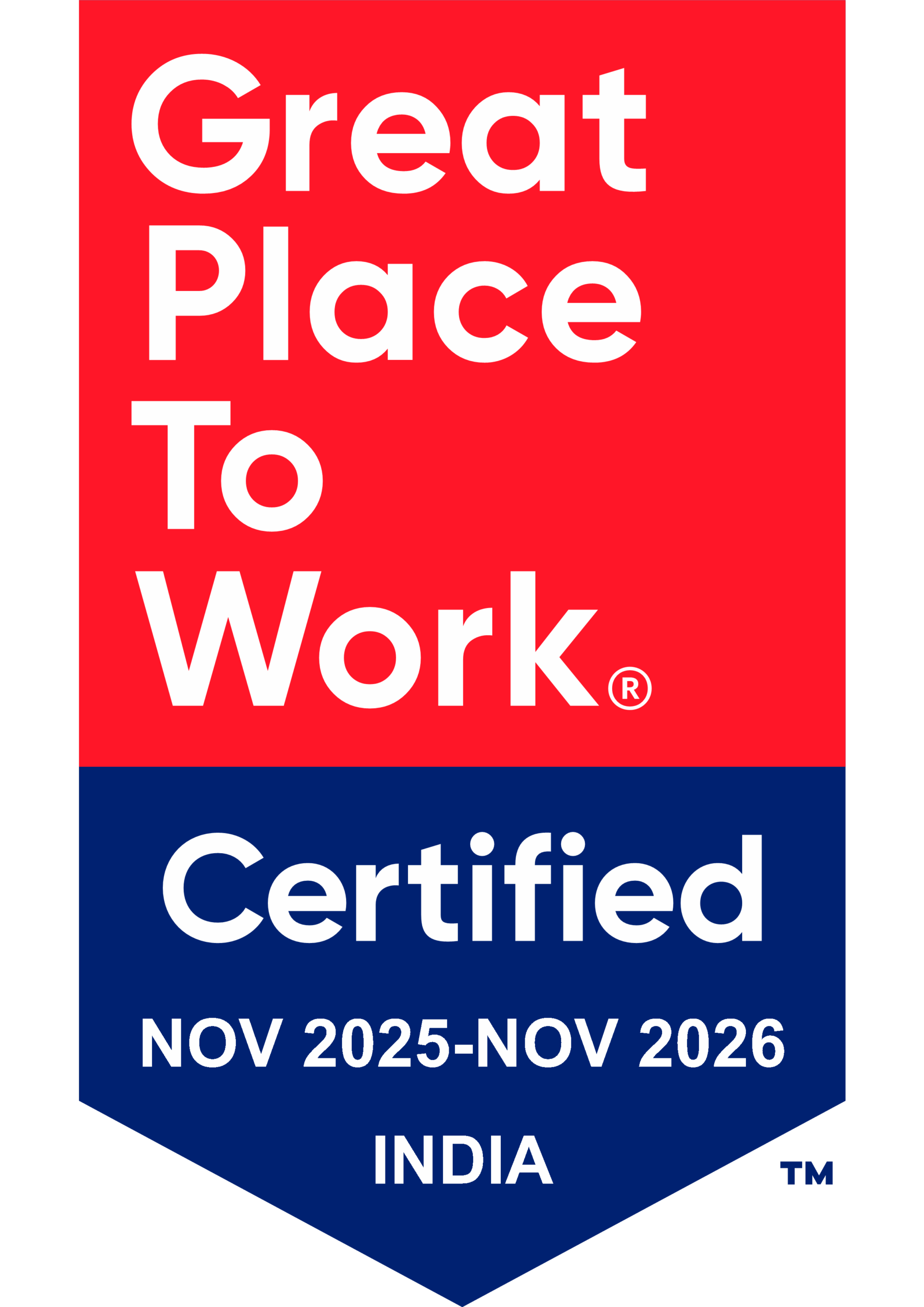In India, Non-Banking Financial Companies (NBFCs) have long played an essential role in providing funds to start-ups, micro, small, and medium-sized businesses. These MSME collateral free loans provide financial assistance to medium and small businesses while also assisting in the nurturing and development of the Indian economy.
Understanding Collateral-free Loan
A collateral-free loan is given to a borrower by a bank or a fintech company without any guarantee or pledge. Simply put, an MSME collateral free loan can be issued by a business by contacting a lender and borrowing money from them at a fixed interest rate even without offering any collateral or securities. Given the changing demands of businesses, we may say that old banking structures are considerably behind. Many small and medium-sized businesses that seek loans do not meet the entry criteria. This has resulted in a gap in the entire experience for firms that must borrow from banks. Banks want collateral to vet these enterprises, which the businesses simply cannot manage at the moment. Loans might sometimes take a long time to get authorised. The fate of a business can also be affected by the time it takes for a loan to be approved.
Apply Now for MSME Loan
This causes a lot of needless stress for the borrowing business. In such times, businesses turn to lending institutions that provide immediate working capital loans for MSMEs. It is mostly small businesses owners or entrepreneurs who are most likely in need of collateral-free loans to aid their business growth.
So, how does MSME collateral free loans affect Indian companies?
Formalisation:
There is a concerning credit gap in India with respect to supplying credit to MSMEs. One of the main reasons for this gap is the lack of formalisation in the MSME sector. Even though there are about 6.3 crore MSMEs, only 1.1 crores seem to be registered with the GST regime. As a result of limited availability and access to data, as well as traditional underwriting procedures, Indian MSMEs’ credit requirements have mostly been unmet. The ecosystem-based approach to digital lending has revolutionised both the supply and demand sides of lending. As a result, an MSME proprietor’s absence of a digital footprint, documentation, and owned properties is no longer a roadblock. In order to avail an MSME collateral free loan, a business needs to get themselves registered and provide documentation. According to recent projections, there has been an increase in the number of registered MSMEs since 2015. This further serves as a positive sign in bridging India’s credit gap issue.
Ease of Doing Business:
Procuring a working capital loan for MSMEs has now become fairly easy. When a borrower pledges security, the lending process takes longer than when a collateral-free business loan is used. This is because a substantial amount of time is spent assessing the loan amount by evaluating the value of the asset or property submitted as collateral. By eliminating these criteria, the borrowing process is simplified, and your business loan amount can be approved and disbursed way faster. Business loans that need collateral generally require the borrower to provide important papers relating to the assets pledged as security. This can make the entire application process time-consuming, resulting in additional paperwork. Collateral-free business loans, on the other hand, are intended to be as simple and convenient to obtain as possible, including the elimination of the need for extensive documentation. With these quick loans, it becomes easier for businesses to address their business needs and improve the ease of doing business.
Building Credit History:
We are aware that many small firms and first-time entrepreneurs are unable to obtain loans from banks or other formal channels due to a lack of credit history. Borrowers’ credit scores increase as a result of easier access to loans and regular repayments. Taking out a loan from a digital lender encourages MSMEs to build a strong credit history and then access formal lending channels based on that credit history. As a result, digital lenders not only provide small businesses with quick loan access but also make them eligible for formal financing in the future.
Having understood the gap and the business opportunity in MSME lending, digital lenders are now focusing on loan solutions for MSME borrowers. This has made it possible for MSMEs to obtain formal credit digitally, regardless of where they are in the country. Digital lending also allows for speedier decision-making due to automated credit underwriting procedures, as well as quick payouts via internet channels. In recent years, new-age lenders and non-banking financial companies have used cutting-edge technology to address client pain points along the lending value chain. Policymakers are also actively promoting novel lending strategies for MSMEs. Empowering the underserved through capital inclusion is a win-win scenario for the lending ecosystem, MSME borrowers, and the Indian economy as a whole




